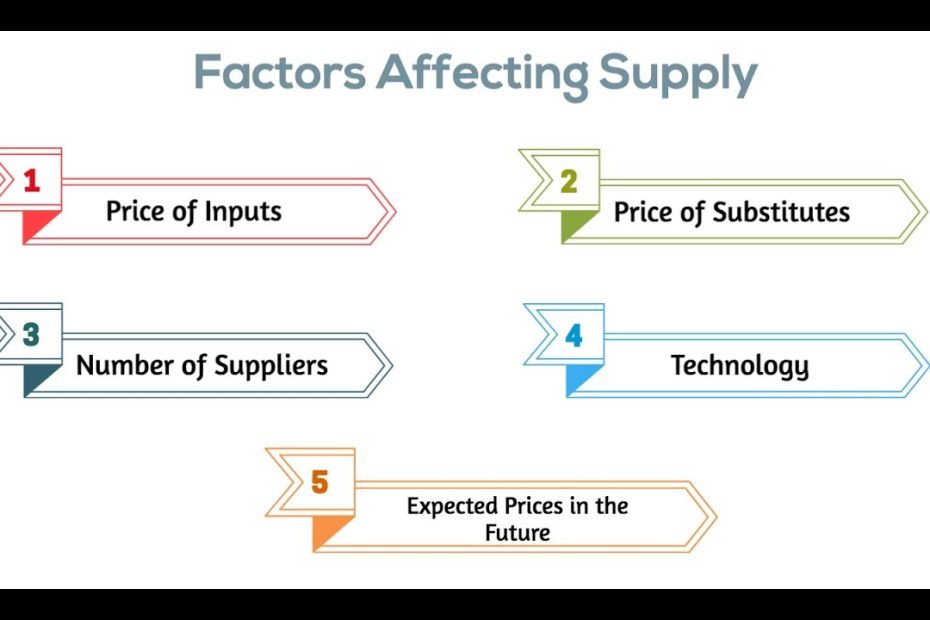What Are The 6 Factors That Affect Supply: A Comprehensive Guide
Factors Affecting Supply (Part 1) | Makemyassignments.Com
Keywords searched by users: What are the 6 factors that affect supply 5 factors that affect supply, factors affecting supply pdf, what are the 10 factors affecting supply, what are the 7 factors that affect supply, factors affecting supply economics, factors affecting supply and demand, factors affecting supply of a commodity class 11, what is meant by the supply of a commodity
What Are 5 Factors That Affect The Supply Of A Product?
In his video, he highlighted five critical factors that significantly influence the supply of a product. These factors play a pivotal role in shaping the availability of goods in the market. They are:
-
Price of Related Products: The price of other products that are closely related to the one in question can have a substantial impact on its supply. For instance, if the price of a substitute product rises, suppliers may choose to allocate more resources to produce it, reducing the supply of the original product.
-
Number of Suppliers: The number of suppliers operating in a given market can affect supply dynamics. A larger number of suppliers often leads to increased competition, which can result in greater product availability, while a limited number of suppliers may constrain supply.
-
Price Expectations: The expectations and forecasts of future prices can influence supply decisions. If suppliers anticipate higher prices in the future, they may reduce current supply to take advantage of those expected future profits, potentially leading to decreased availability.
-
Technology: Technological advancements can significantly impact the supply of a product. New and more efficient production methods can increase supply, while outdated technology may limit it.
-
Price of Inputs: The cost of inputs and raw materials needed for production directly affects supply. When the price of inputs rises, it can lead to increased production costs, potentially reducing the supply of the final product.
These five factors collectively shape the complex landscape of supply and demand, highlighting the intricate interplay of economic forces in the marketplace. Understanding these factors is essential for both businesses and consumers to navigate and comprehend fluctuations in product availability.
What Are The Factors That Affect Supply?
Certainly, let’s clarify and expand upon the factors that influence supply. Supply refers to the quantity of a good or service that producers are willing and able to offer to the market at various price levels. Several key factors play a crucial role in determining supply:
a. Price: The price of a product is a fundamental factor influencing supply. When the price of a product increases, producers are often motivated to supply more of it to capitalize on higher profit margins. Conversely, when prices drop, the incentive to produce and supply may decrease.
b. Cost of Production: The cost of producing goods or services is a significant determinant of supply. Generally, as production costs rise, the supply of a product tends to decrease, since higher costs can erode profitability. Conversely, lower production costs can boost supply.
c. Technology: Technological advancements can have a profound impact on supply. Improved technology can enhance production efficiency, reduce costs, and increase the quantity of goods and services that can be supplied to the market. Conversely, outdated technology may limit supply.
d. Government Policies: Government policies and regulations can significantly influence supply. For instance, taxation policies, trade restrictions, and subsidies can either encourage or hinder the production and distribution of certain goods. Government interventions like price controls can also affect supply levels.
e. Transportation Conditions: The state of transportation infrastructure and logistics can affect supply. Efficient and reliable transportation systems can facilitate the movement of goods, potentially increasing supply. Conversely, disruptions in transportation, such as natural disasters or strikes, can constrain supply.
These factors interact in a complex manner, and their impact on supply can vary across different industries and markets. It’s important for businesses and policymakers to consider these factors when analyzing and forecasting changes in supply levels.
What Are The 6 Determinants Factors That Can Cause A Shift In The Supply Line?
What are the six key determinants that can lead to a shift in the supply curve, resulting in either an increase or decrease in the overall market supply? These determinants encompass various non-price factors that profoundly influence the supply of goods and services. They include:
-
The Number of Sellers: The quantity of suppliers participating in a specific market can significantly impact the supply curve. An increase in the number of sellers typically leads to an upward shift in the supply curve, resulting in greater market supply.
-
Technological Advancements: Innovations and improvements in production technology can have a substantial effect on supply. When technology enhances the efficiency of producing goods, it often leads to an increase in supply as more can be produced at a lower cost, causing the supply curve to shift to the right.
-
Input Prices: The prices of inputs required for the production of goods, such as raw materials and labor, play a pivotal role. If input prices rise, it can lead to a decrease in supply, causing the curve to shift leftward. Conversely, falling input prices can boost supply, shifting the curve to the right.
-
Government Regulations: The level of government intervention and regulation in a particular industry or market can significantly influence supply. An increase in regulatory requirements or restrictions can reduce supply, causing a leftward shift in the curve, while a reduction in regulations can lead to an increase in supply, shifting the curve to the right.
-
Expectations of Future Prices: Anticipations of future price changes can impact present supply decisions. If suppliers expect higher prices in the future, they may reduce supply now, causing the curve to shift to the left. Conversely, if they anticipate lower future prices, they may increase supply, shifting the curve to the right.
-
Natural Disasters and Environmental Factors: Unforeseen events, such as natural disasters or environmental changes, can disrupt the production process and affect supply. For example, a drought may reduce the supply of agricultural products, leading to a leftward shift in the supply curve.
Understanding these six determinants provides valuable insights into how and why the supply curve for various goods and services may shift, ultimately influencing market dynamics and pricing.
Top 41 What are the 6 factors that affect supply
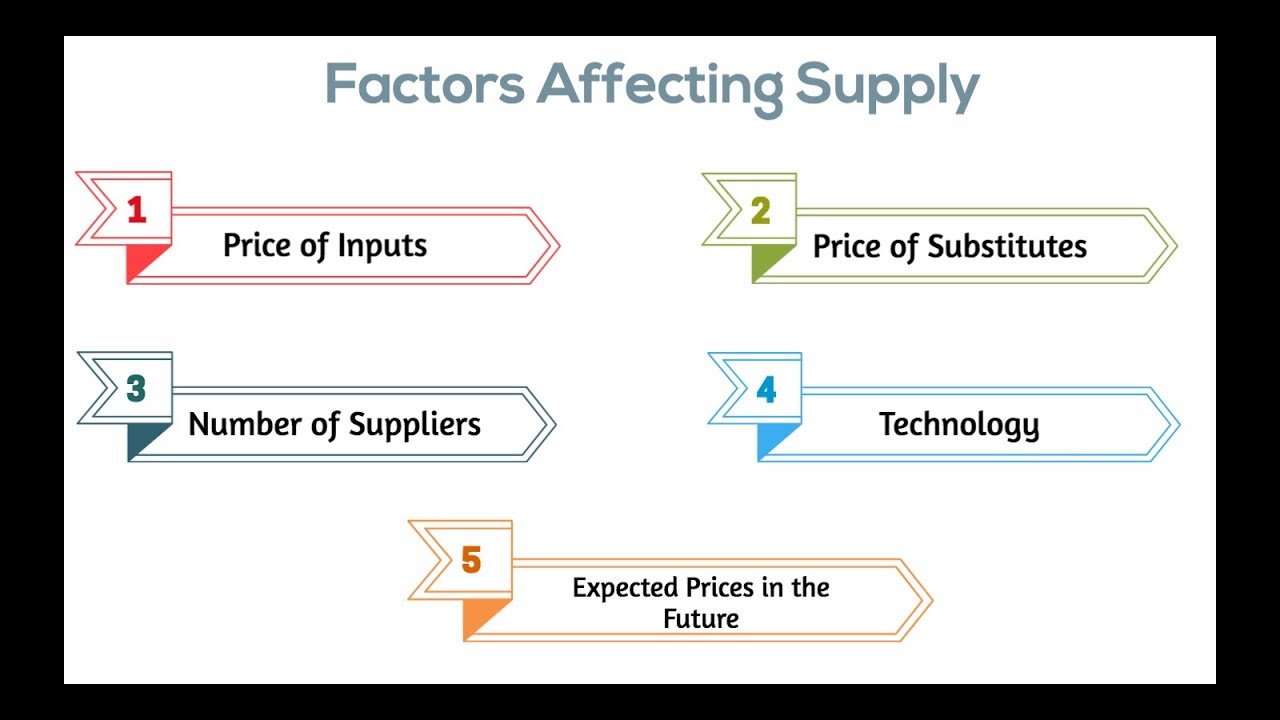
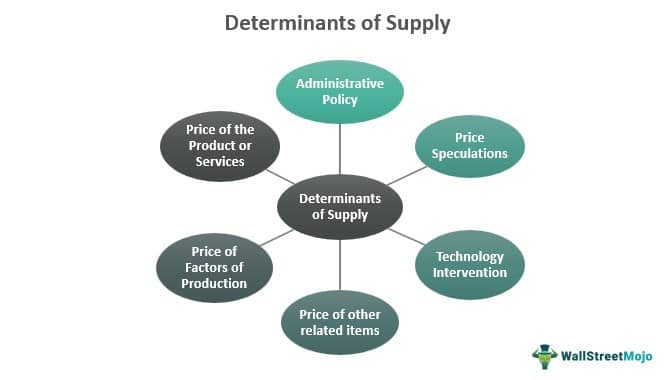

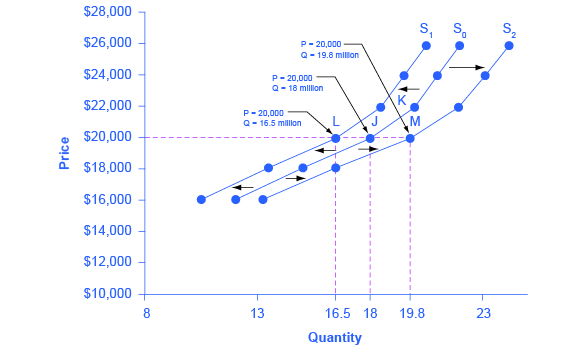


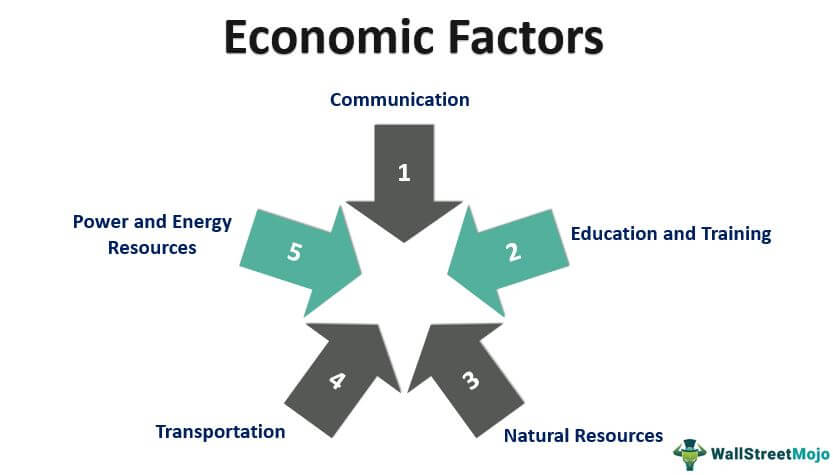
:max_bytes(150000):strip_icc()/five-determinants-of-demand-with-examples-and-formula-3305706-2022-02a2302a2f974d6c9c953f4a3be50889.png)
Categories: Details 92 What Are The 6 Factors That Affect Supply
See more here: g3magazine.com

Supply shifters include (1) prices of factors of production, (2) returns from alternative activities, (3) technology, (4) seller expectations, (5) natural events, and (6) the number of sellers. When these other variables change, the all-other-things-unchanged conditions behind the original supply curve no longer hold.changes in non-price factors that will cause an entire supply curve to shift (increasing or decreasing market supply); these include 1) the number of sellers in a market, 2) the level of technology used in a good’s production, 3) the prices of inputs used to produce a good, 4) the amount of government regulation, …The four factors that can shift the supply curve include natural conditions, input prices, technology, and government. Natural conditions include any natural event that may favorably or unfavorably impact production.
- Price of related product.
- Number of suppliers.
- Price Expectation.
- Technology.
- Price of inputs.
- a. Price. Price can be understood as what the consumer is willing to pay to receive a good or service. …
- b. Cost of production. The supply of a product and the cost of production is adversely related to each other. …
- c. Technology. …
- d. Governments’ policies. …
- e. Transportation condition.
Learn more about the topic What are the 6 factors that affect supply.
